It could have been a scene from a classic Bollywood film: blades of young wheat swaying in the breeze alongside an unassuming, paved road. The main character (that would be me) follows the path obediently, arriving at a humble home drenched in the golden, afternoon sun. Sounds like a perfectly art directed setting, yet this is a typical backdrop in rural Punjab.
Welcome to India’s bread basket.
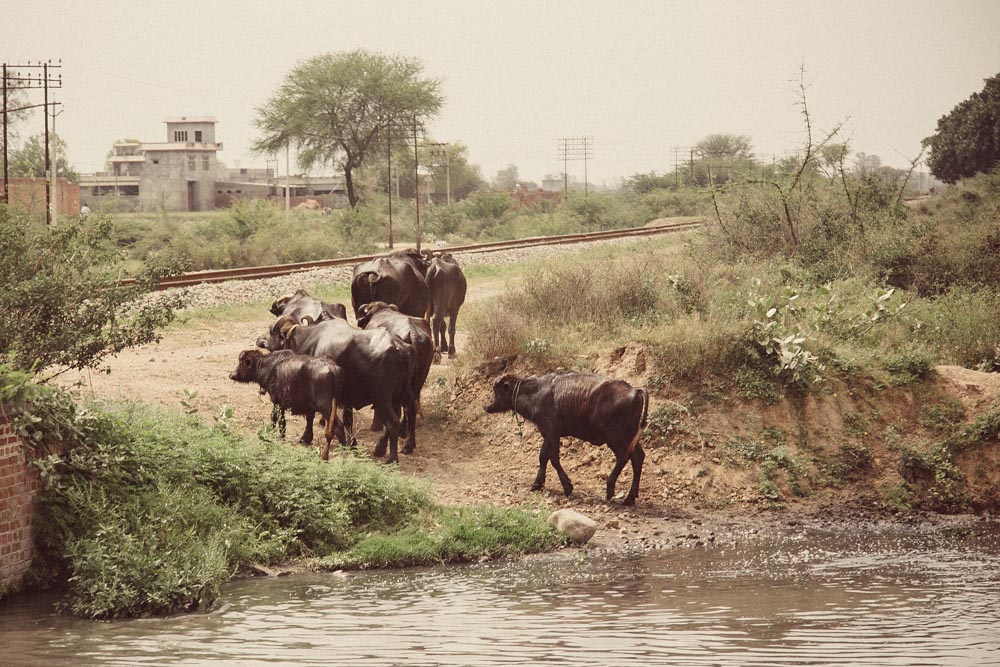
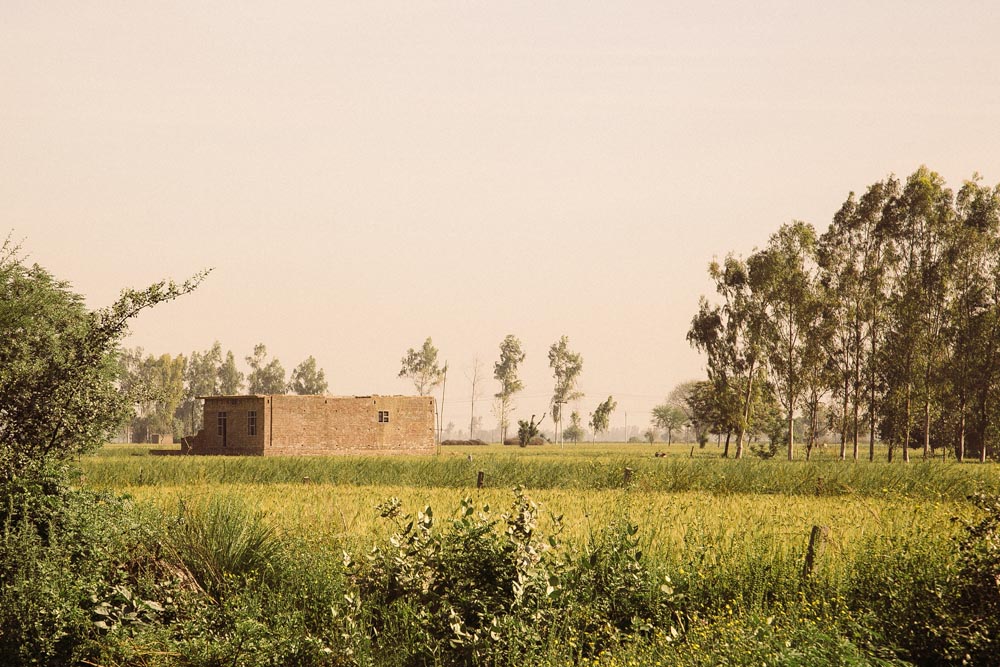
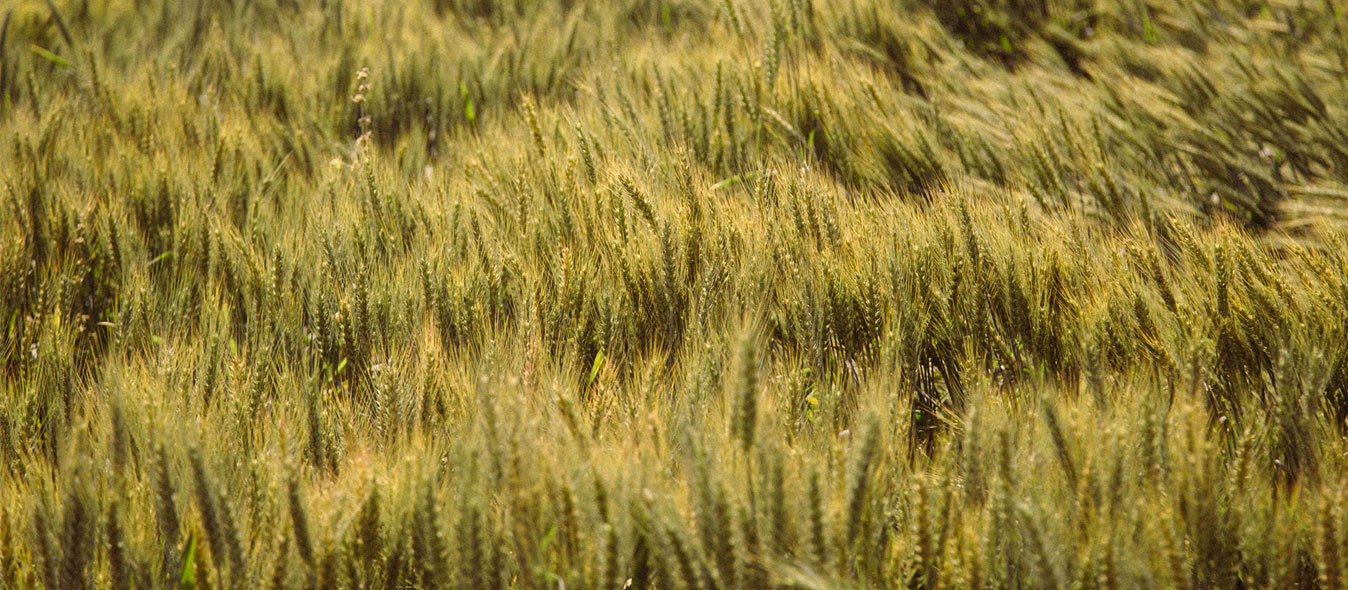
Punjab is home to the most fertile land in India and some of it’s warmest people. I can say this with complete confidence (and a little bias) as I happen to be Punjabi. Agriculture is the state’s predominant industry, and it proudly holds the title of “the largest single producer of wheat in India.”
Here, “farm-to-table” isn’t a trend; it’s a part of daily life. Whether you’re visiting the local sabji mundi (vegetable market) or picking through a rainbow assortment of produce off a wooden cart in your uncle’s driveway, fresh is a given. But the best place to experience this in both product and preparation, is in the quiet countryside.
As kids, my brother and I spent a number of winter holidays in India with family. This was part of our parent’s yearly effort to submerge us in our culture, while also escaping Toronto’s snow. Thanks to jet-lag, we were often awake at the crack of dawn, lucky to catch the early sun peeking over the misty horizon, giving light to damp, green fields and bleary-eyed water buffalo. Here, in this spiritual haven, we learned where our Punjabi food came from.
Like most traditional cultures, the actual farming is done by men, while the village women do the lion’s share of the prep and cooking. Ranging from single-digit to twilight years in age, rural Punjabi women are knowledgeable about food in ways most chefs are—and one thing that is consistent across villages, suburbs, cities, and continents, is our bread.
Punjab is home to the most fertile land in India and some of it’s warmest people.
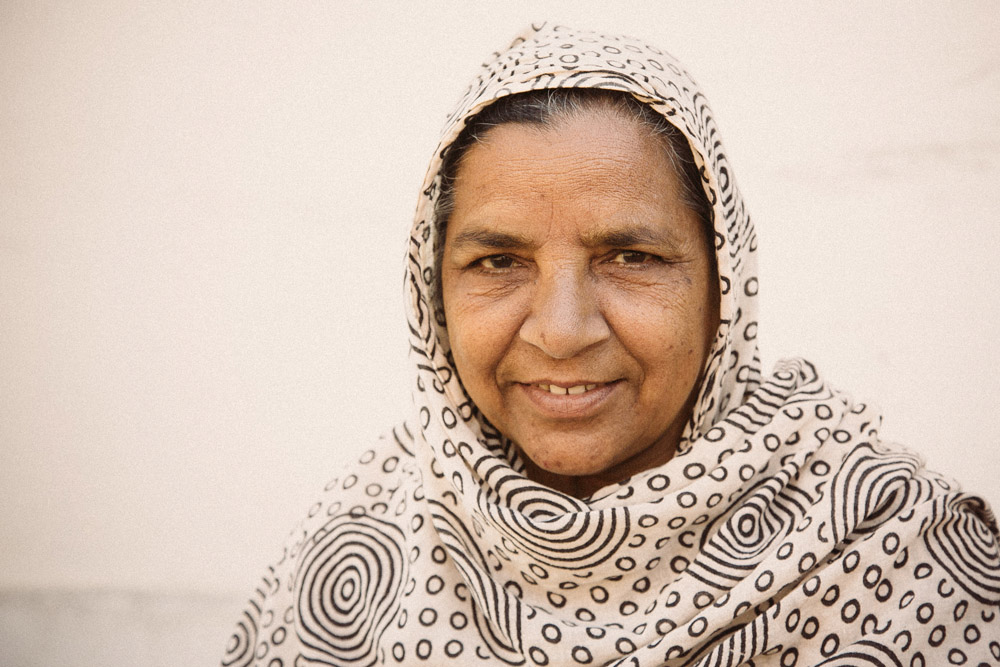
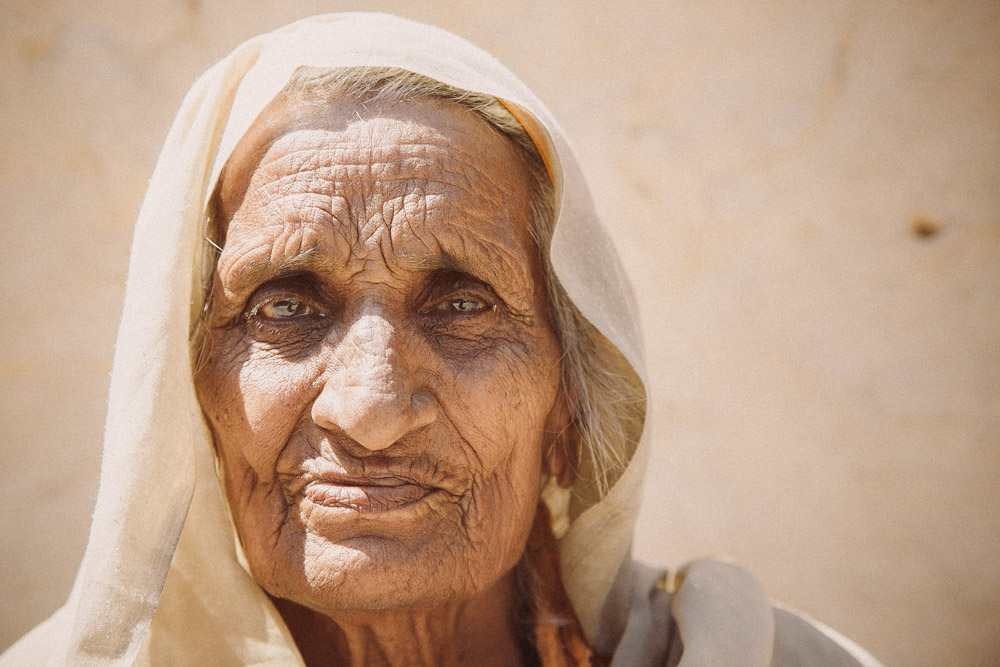
Roti, also known as chapati, is unleavened Indian bread made from stoneground whole wheat flour, called atta. It’s a staple in Indian cuisine, and is normally eaten with cooked vegetables, curries, and a variety of legumes (lentils, chickpeas, etc.). Given the easy preparation—and just because it tastes better—most Indian homes will make fresh roti daily, sometimes for every meal.
I had the opportunity to spend time in a quintessential Punjabi village on my last trip to India. Leaving behind the city of Jalandhar, my uncle took us to meet some old friends of his. We arrived in the afternoon, ready to witness the daily dinner prep. I sat with one aunty (everyone is everyone’s aunt or uncle in India) who told me the young, green chickpeas she was picking out of their pods would be included in our dinner tonight. She smiled gently and asked questions about “America” while her hands quickly and expertly plucked multiple peas at a time.
The eldest in the family, a sweet bibi ji (a respectful name for “grandma”) who would shyly cover her face when she laughed to conceal the few remaining teeth in her mouth, saw my interest in vegetables and was eager to show me the basket of red carrots they had dug up just the day before. The first time I saw carrots in India, I thought something was wrong with them. Having associated orange with carrots since I was a kid, the red-hued Northern Indian variety took a bit of getting used to. The difference in taste was incredible; it’s what you imagined carrots were supposed to taste like, but just didn’t know it until now.
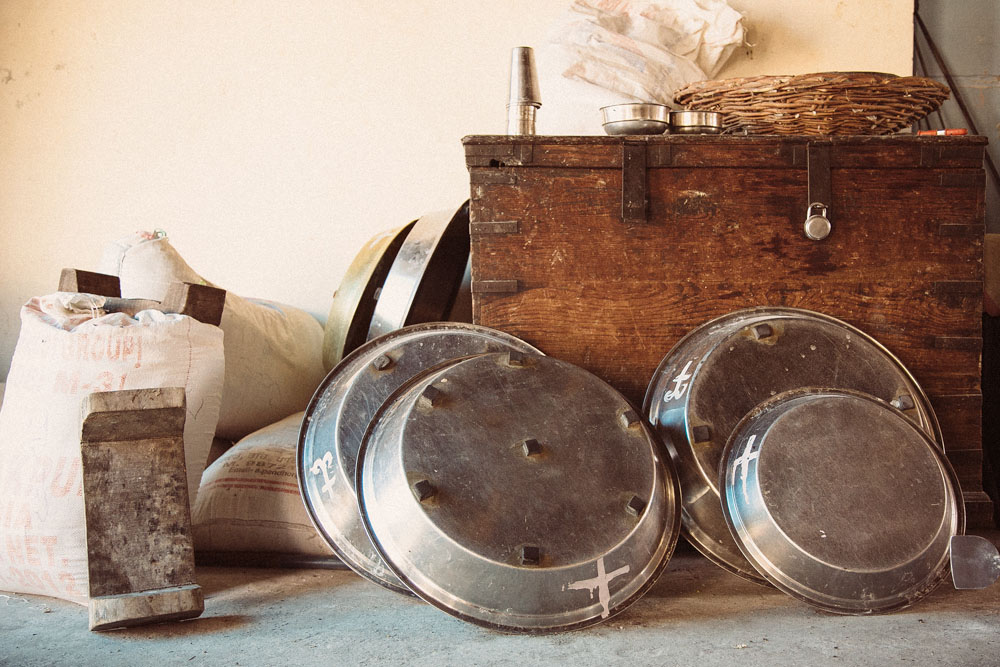
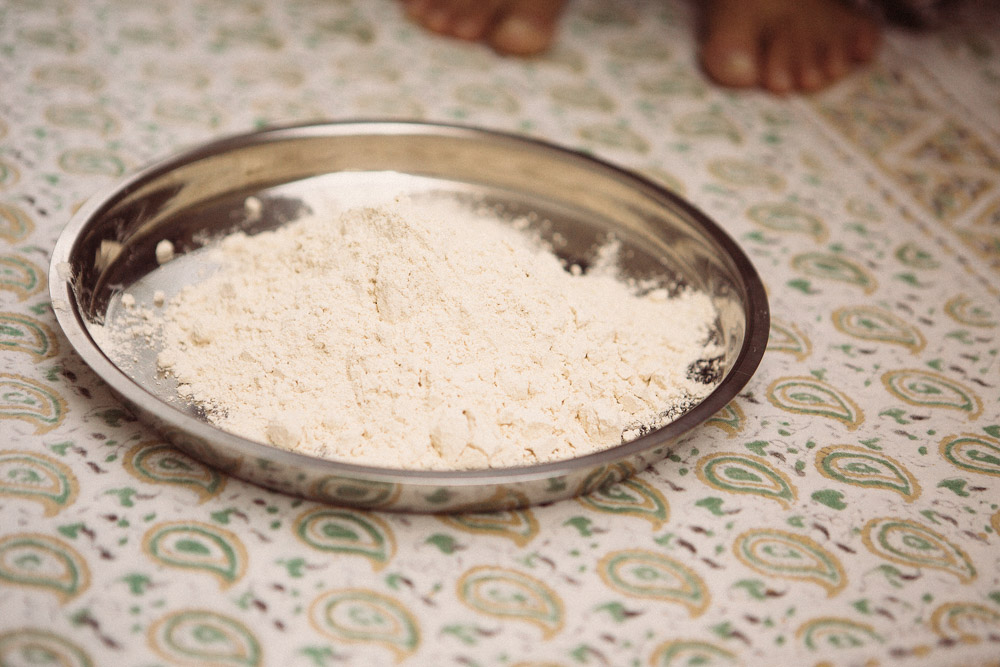
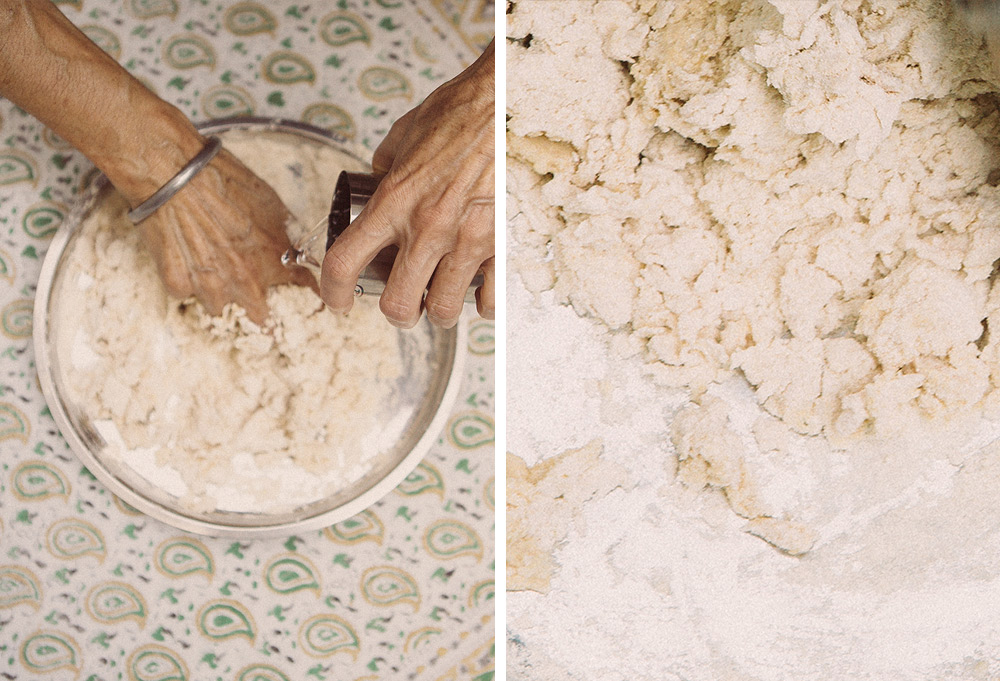
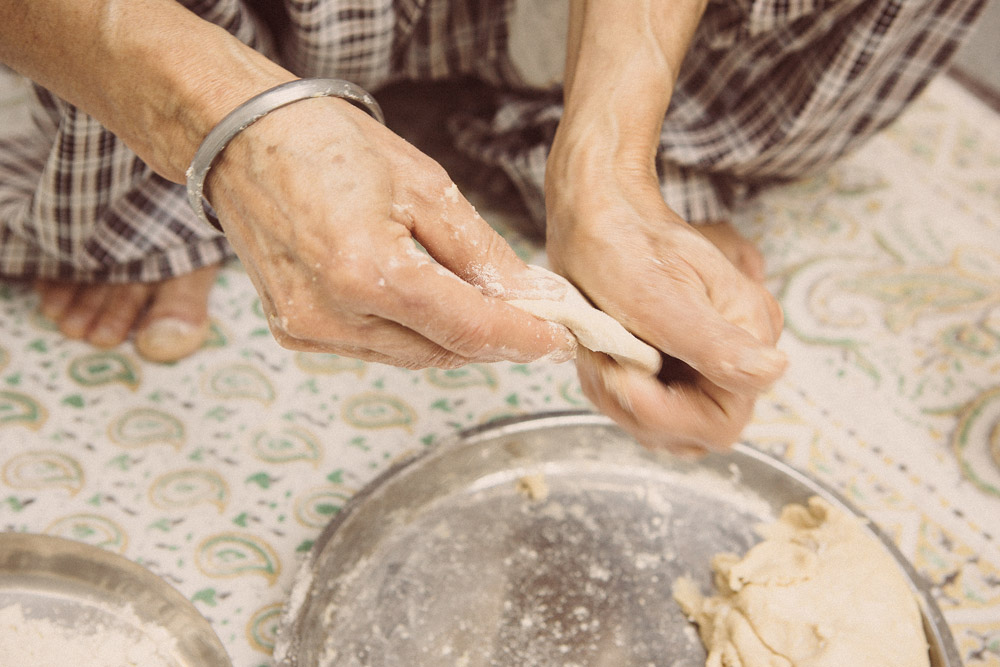
I shifted seats to watch another aunty prepare fresh dough for tonight’s rotis. Her hands worked methodically as she added water to dry flour, getting the consistency just right. Strong knuckles kneaded the atta, producing the correct amount of gluten. The muscle memory could rival those classically trained in top kitchens. Her eyes stayed on mine and on my camera, only occasionally flicking down to avoid any snapshots of her face. Without the need for measuring tools or scales, she tore chunks of pliable dough creating perfectly symmetrical balls that would be rolled out into flat discs. A hot tava is used to cook the raw chapatis. Steam created internally slowly puffs up each individual piece of bread. They say if a roti inflates perfectly, it means you’re very hungry.
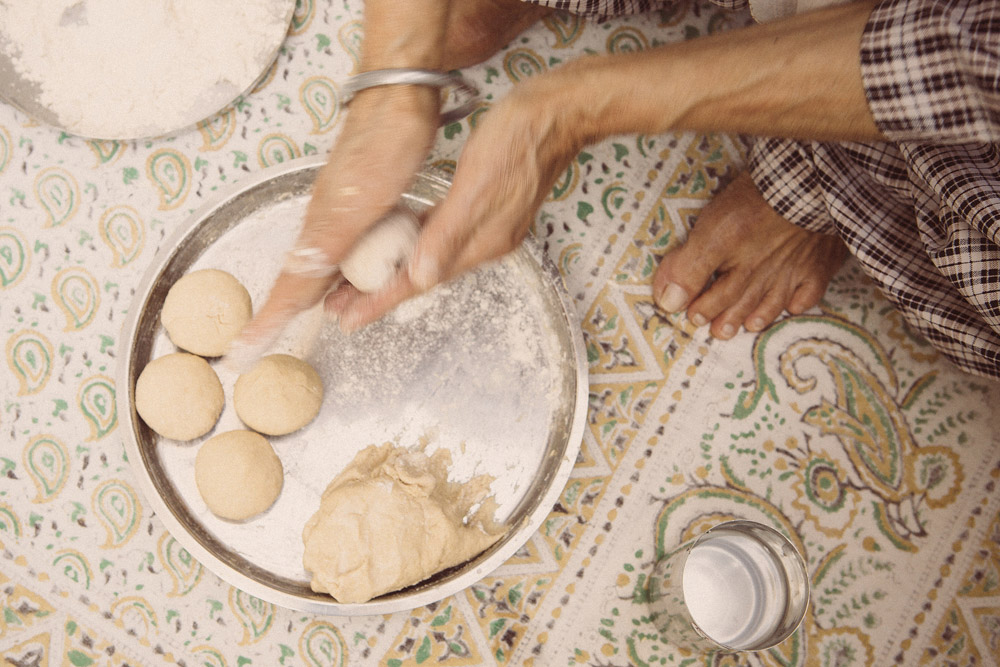
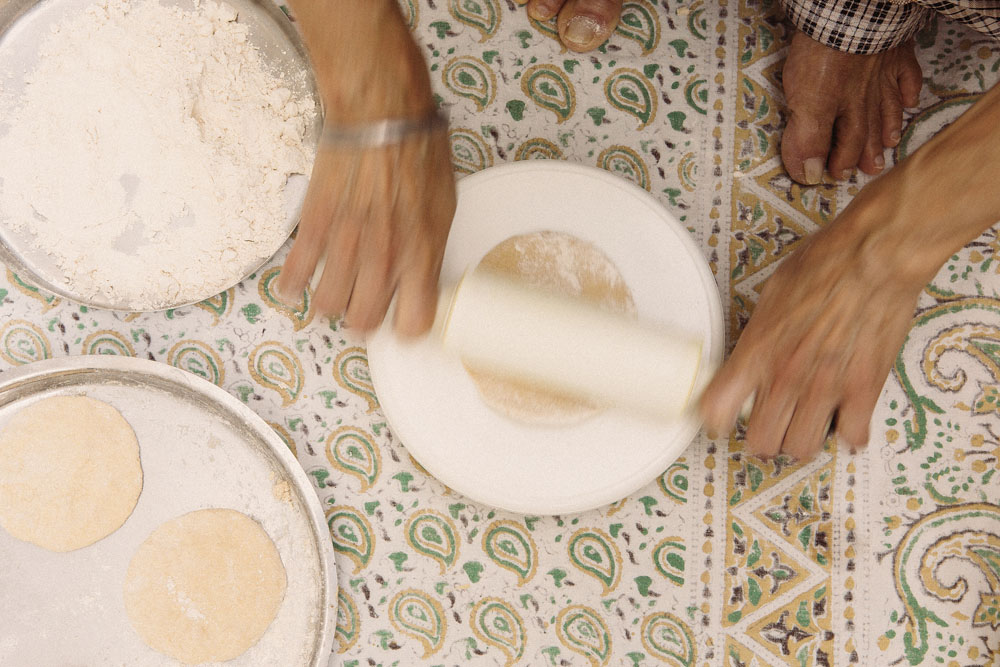
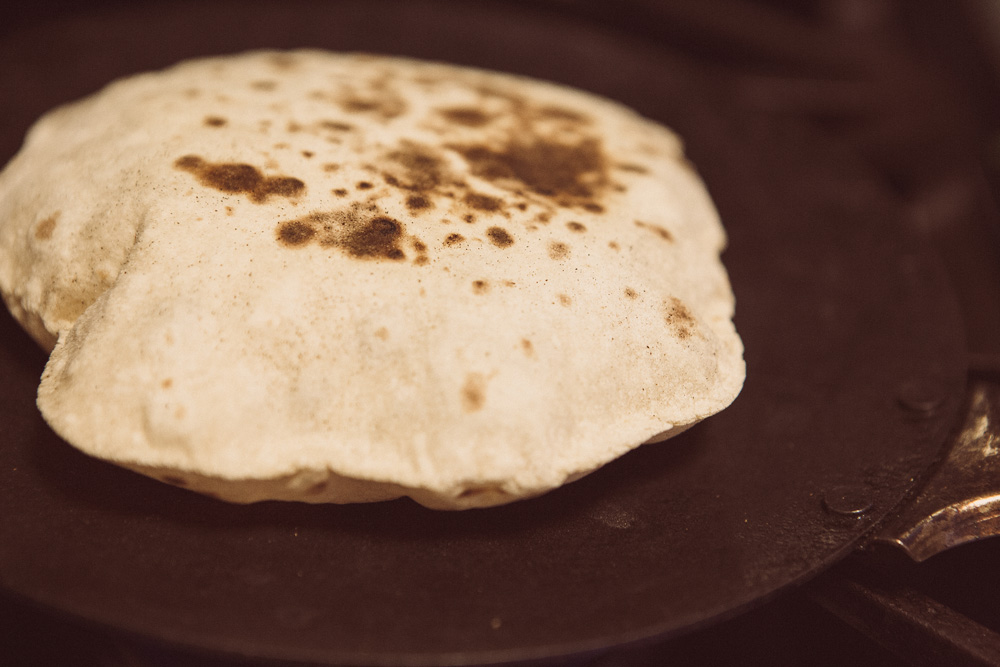
Gajar matar sabji, which is carrots and peas cooked in tharka (onions, garlic, tomatoes, ginger, and cumin seeds sautéd together in oil, plus a cocktail of spices), plus harrai channai (green chickpeas in a similar concoction) were the two dishes prepared. Homemade yogurt, pickled mango, and slices of onion filled the remaining compartments in everyone’s thali. We sat cross-legged on the floor as one large family, and shared a delicious, authentic Punjabi meal together.
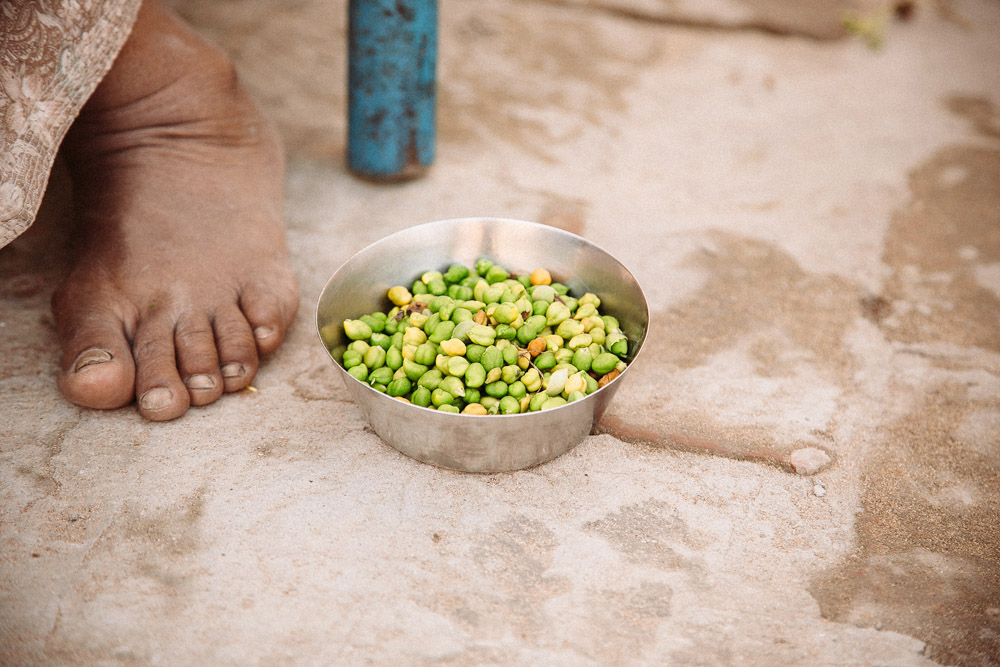
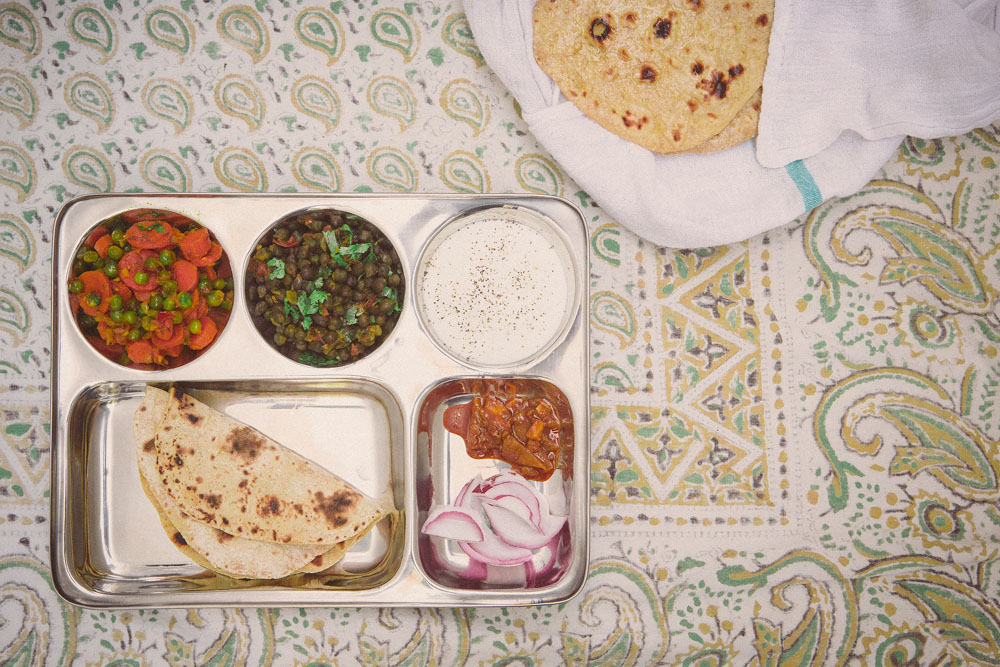

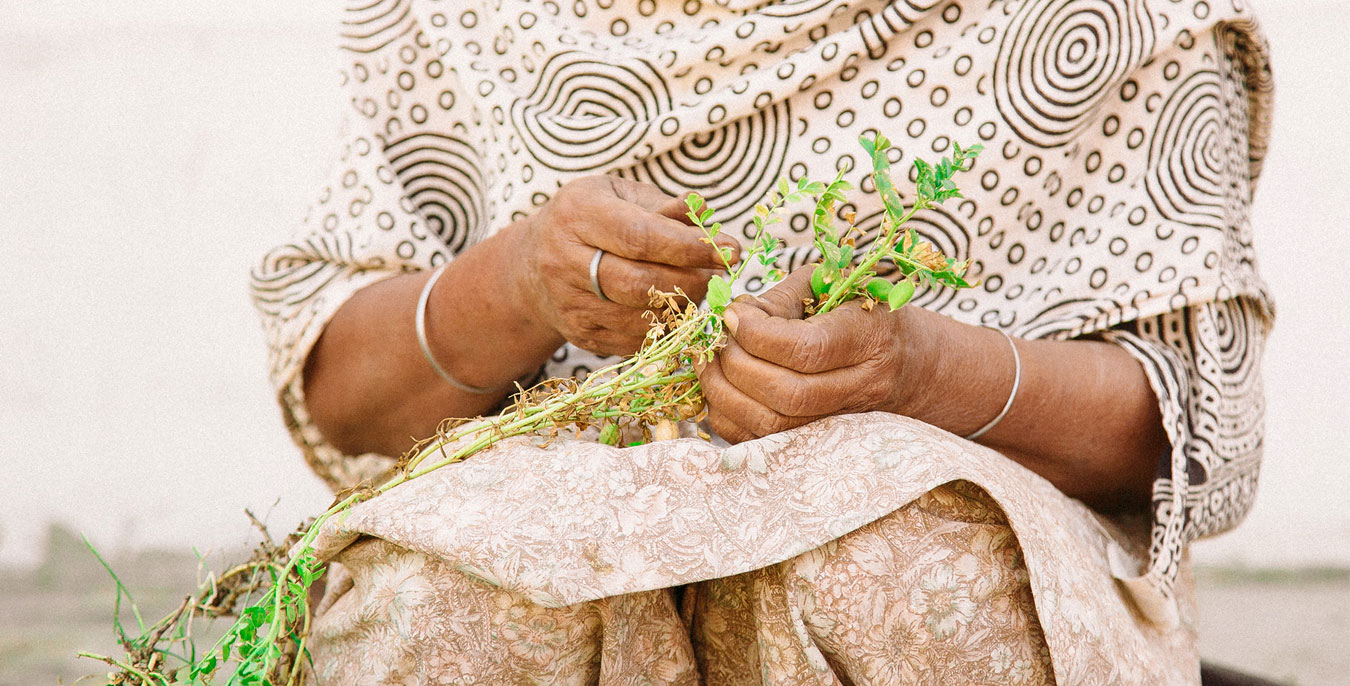

Our comments section is for members only.
Join today to gain exclusive access.